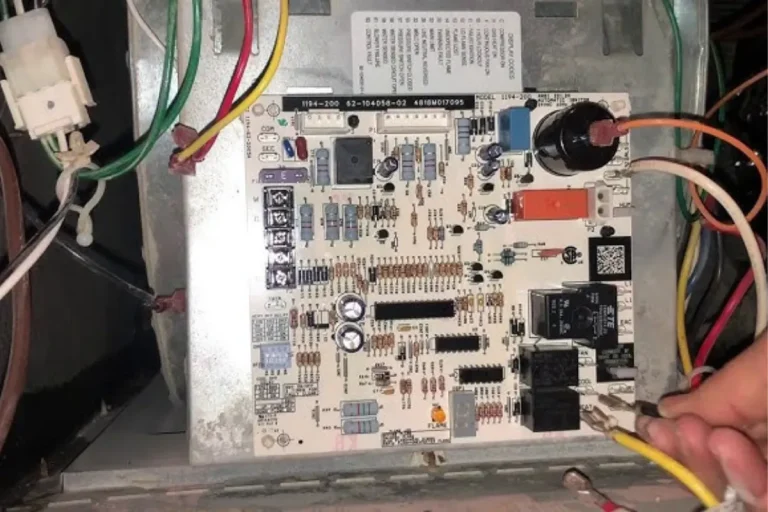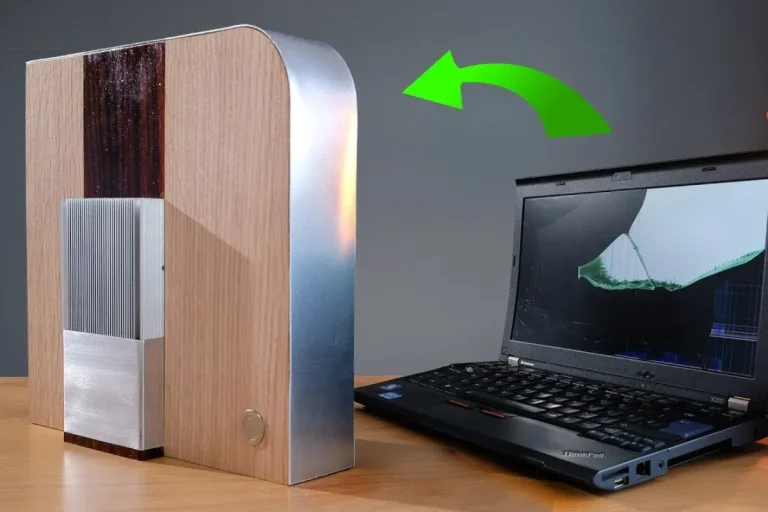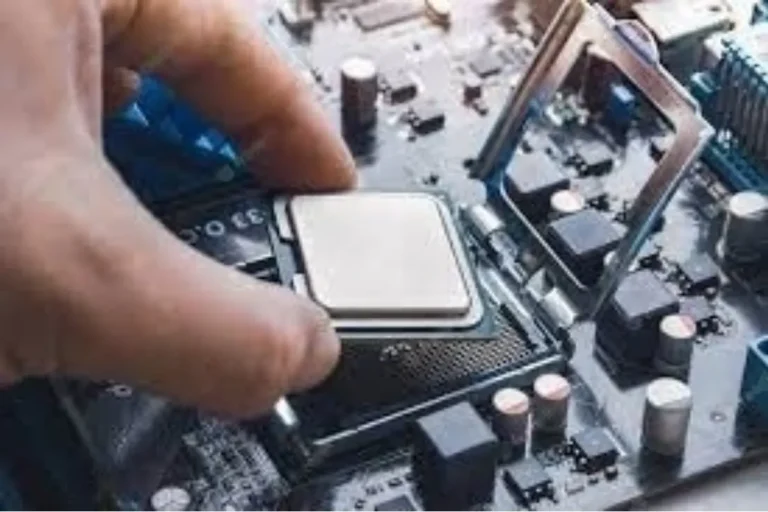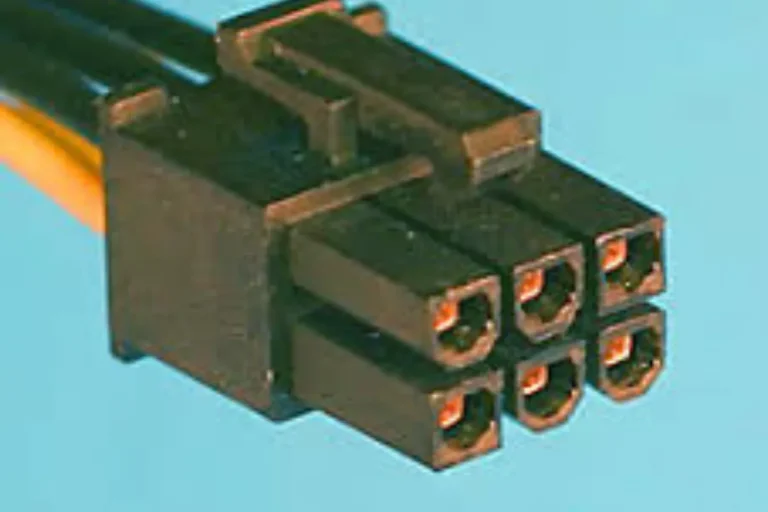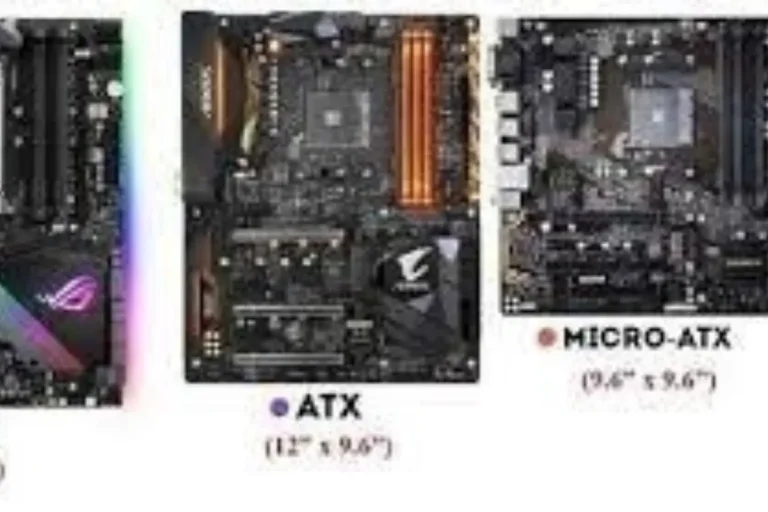How many GPUs can a motherboard support?
Are you curious about how many GPUs your motherboard can handle? the dive into the fascinating world of computer hardware and find out! Whether you’re a gaming enthusiast or a graphics professional, understanding the limits and possibilities of GPU support on your motherboard is crucial.
The Importance of Readability
When writing for a wide range of audiences, including 7th-grade students, it is crucial to prioritize readability. Using a conversational tone and avoiding jargon helps readers stay connected and interested in the content.
Utilizing simple language and sentence structures, I can effectively convey complex ideas in a way that is accessible to all.
Heading Hierarchy
Proper heading hierarchy plays a significant role in organizing and structuring content. By using clear and concise headings, readers can easily navigate through the material, finding the information they need without any confusion.
Each heading serves as a signpost, guiding readers through the content and allowing them to focus on specific sections of interest.
The Power of Punchy and Engaging Content
Engagement is key when it comes to capturing and retaining readers’ attention. By adopting a punchy and engaging writing style, I can create an immersive reading experience that keeps readers hooked from start to finish.
This involves incorporating storytelling elements, posing thought-provoking questions, and using relevant examples to make the content relatable and memorable.
Exploring Factors Affecting GPU Suppor
When it comes to setting up multiple GPUs, there are several crucial factors to consider. In this article, we will delve into three key aspects that can greatly impact your GPU configuration: physical space, motherboard compatibility, and software/drivers.
Physical Space
When installing multiple GPUs, the physical dimensions of the graphics cards play a vital role. Ensuring that you have enough space in your computer case to accommodate the GPUs is crucial for a successful setup.
Additionally, considering clearance requirements for proper airflow and cooling is essential to prevent overheating and maintain optimal performance. We will explore strategies to maximize space utilization while keeping your system cool and efficient.
Motherboard Compatibility
Choosing the right motherboard is critical for supporting multiple GPUs. Factors such as the number of PCIe slots and their configurations determine the maximum number of GPUs your system can handle.
It’s also important to consider compatibility with specific GPU brands and models to ensure seamless integration. We will discuss chipset limitations and their impact on GPU support, helping you make an informed decision when selecting a motherboard.
Software and Drivers
Software and drivers play a crucial role in enabling and optimizing GPU performance. It’s important to ensure that you have the correct drivers installed for each GPU and that they are up to date.
Compatibility issues can arise with different operating systems and specific GPU configurations, so we will explore best practices for proper installation and updates.
Top Motherboards for Multiple GPUs
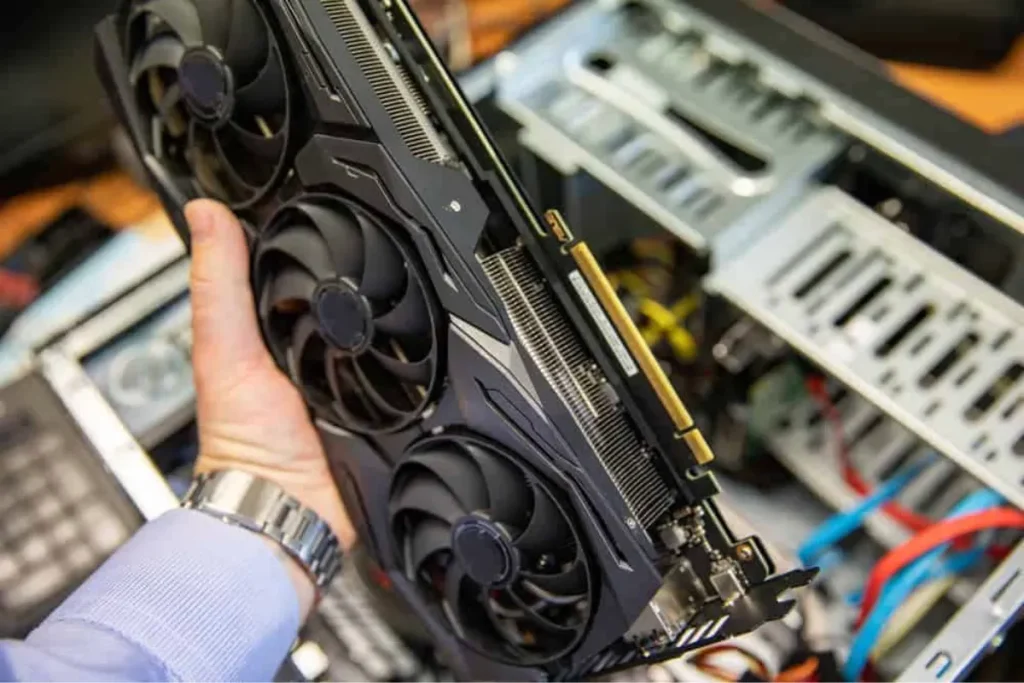
The motherboard acts as the foundation, determining the number of graphics cards you can install and the overall performance of your setup. In this article, we will explore two categories of motherboards that are ideal for multiple GPUs: high-end motherboards and mid-range motherboards.
High-End Motherboards
For enthusiasts and power users who demand the best performance and extensive GPU support, high-end motherboards are the way to go. These motherboards offer a range of advanced features and specifications that cater to the needs of demanding users.
We will review top-tier motherboards known for their robust GPU support, delving into their unique features and specifications. Additionally, we will discuss price considerations and recommended use cases, ensuring you can choose a high-end motherboard that aligns with your requirements.
Mid-Range Motherboards
If you’re looking for a more cost-effective option without compromising on performance, mid-range motherboards are worth exploring. These motherboards strike a balance between affordability and functionality, making them suitable for a wide range of users.
We will explore the best mid-range motherboard options available, considering factors such as performance, affordability, and user reviews.
Frequently asked questions
1. Which budget-friendly motherboards provide adequate GPU support?
ome popular budget-friendly motherboards that offer adequate GPU support include the ASUS Prime B450M-A/CSM, Gigabyte B450M DS3H, and ASRock B450M PRO4. These motherboards come with multiple PCIe slots to accommodate multiple GPUs.
2. What are the key features and limitations of entry-level motherboards for budget-conscious users?
Entry-level motherboards often have limited features compared to their high-end counterparts. However, they still provide basic functionality and support for multiple GPUs. These motherboards may have fewer PCIe slots.
3. Are budget-friendly motherboards suitable for gaming and other GPU-intensive tasks?
Yes, budget-friendly motherboards can be suitable for gaming and other GPU-intensive tasks, depending on your requirements. While they may not offer all the bells and whistles of high-end motherboards.
4. What should I consider when looking for a budget-friendly motherboard for my GPU configuration?
When considering a budget-friendly motherboard for your GPU configuration, it’s important to look for features such as sufficient PCIe slots, compatibility with your chosen GPUs, and adequate power delivery.
5. Do budget-friendly motherboards provide value for money for budget GPU configurations?
Budget-friendly motherboards can provide excellent value for money for budget GPU configurations. They offer a cost-effective solution for users who want to build a multi-GPU setup without breaking the bank.
Conclusion
In conclusion, the number of GPUs a motherboard can support depends on its design and specifications. While high-end motherboards typically offer more PCIe slots for multiple GPUs, budget-friendly options may have fewer slots. It’s essential to check the motherboard’s specifications and ensure compatibility to maximize your graphics power.
